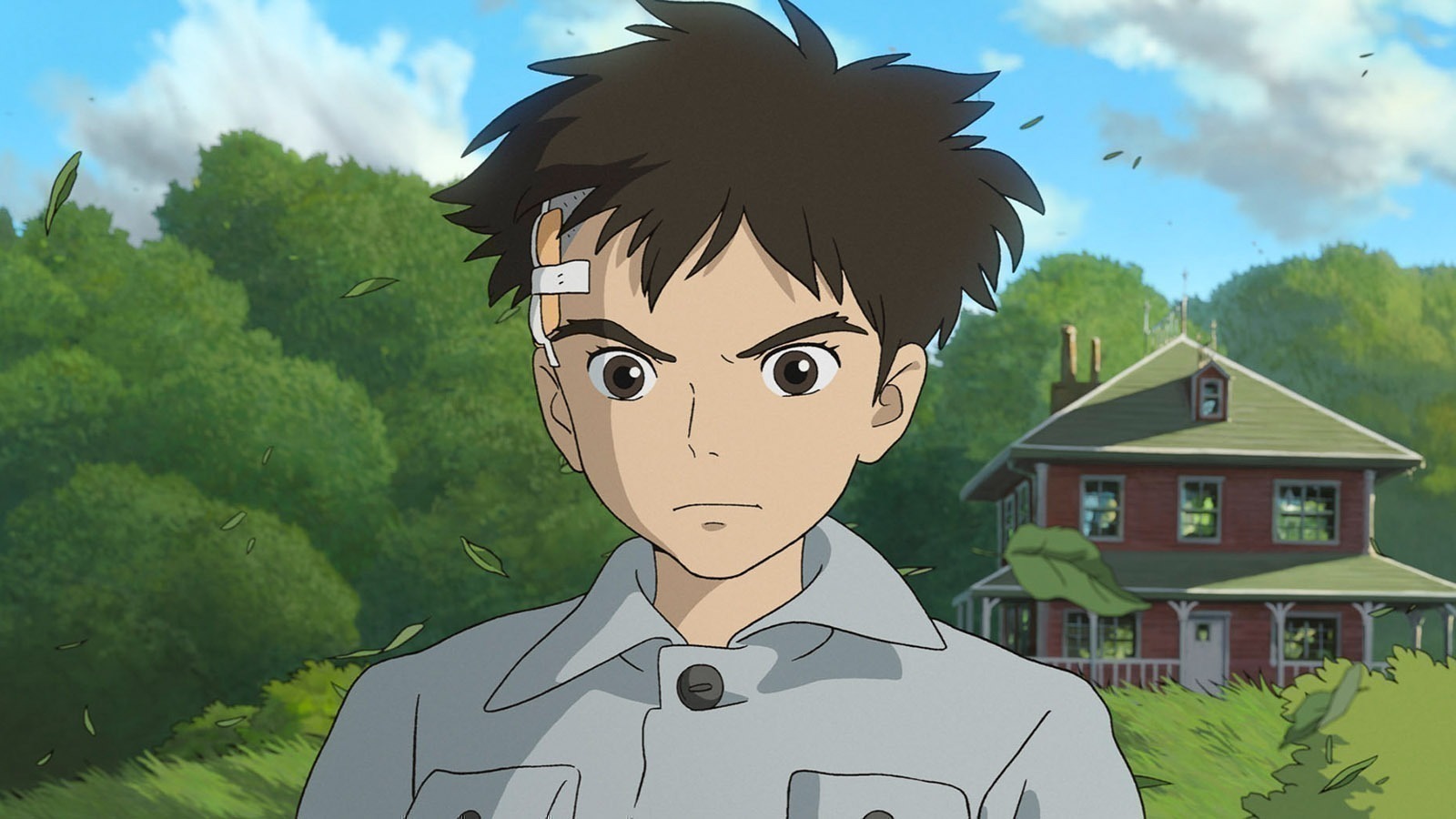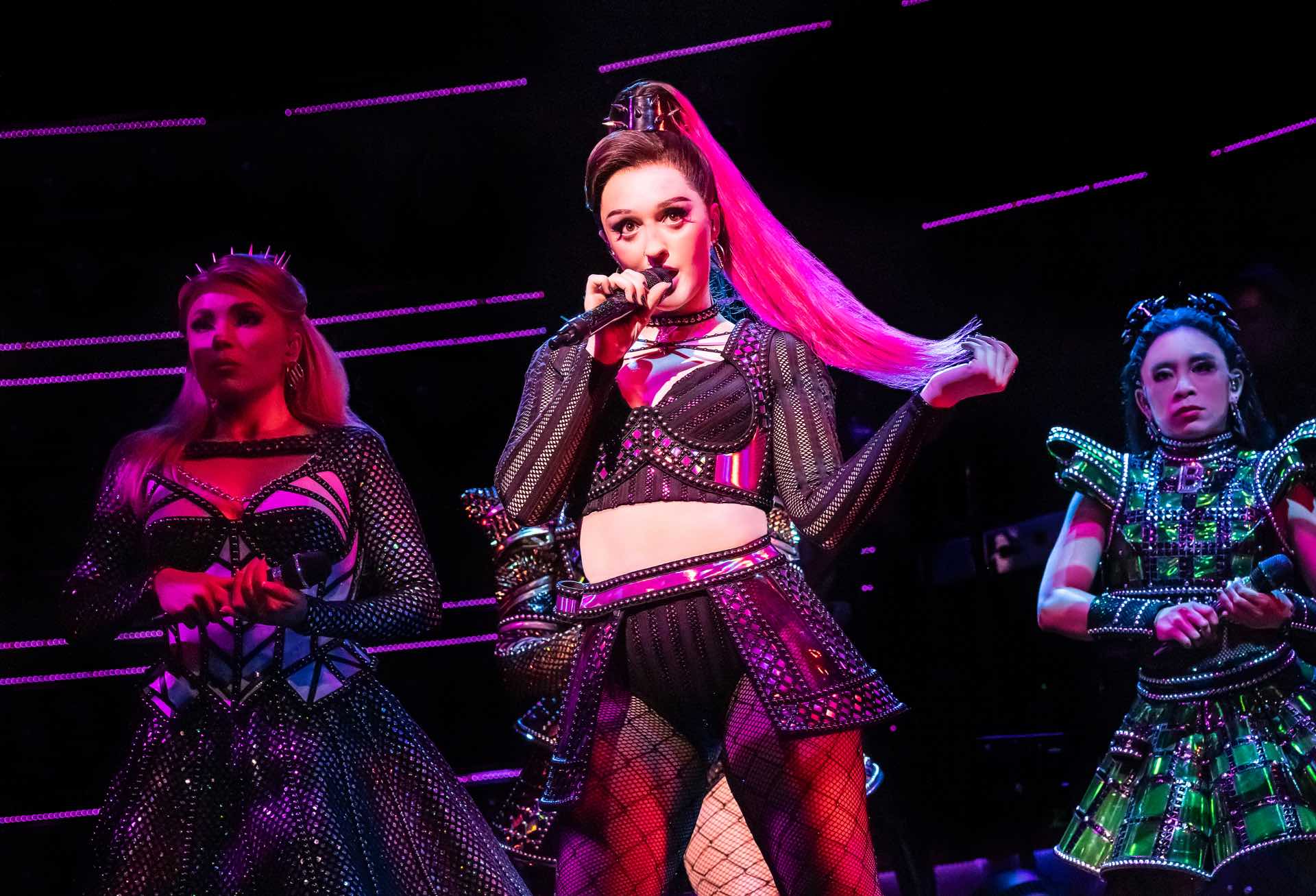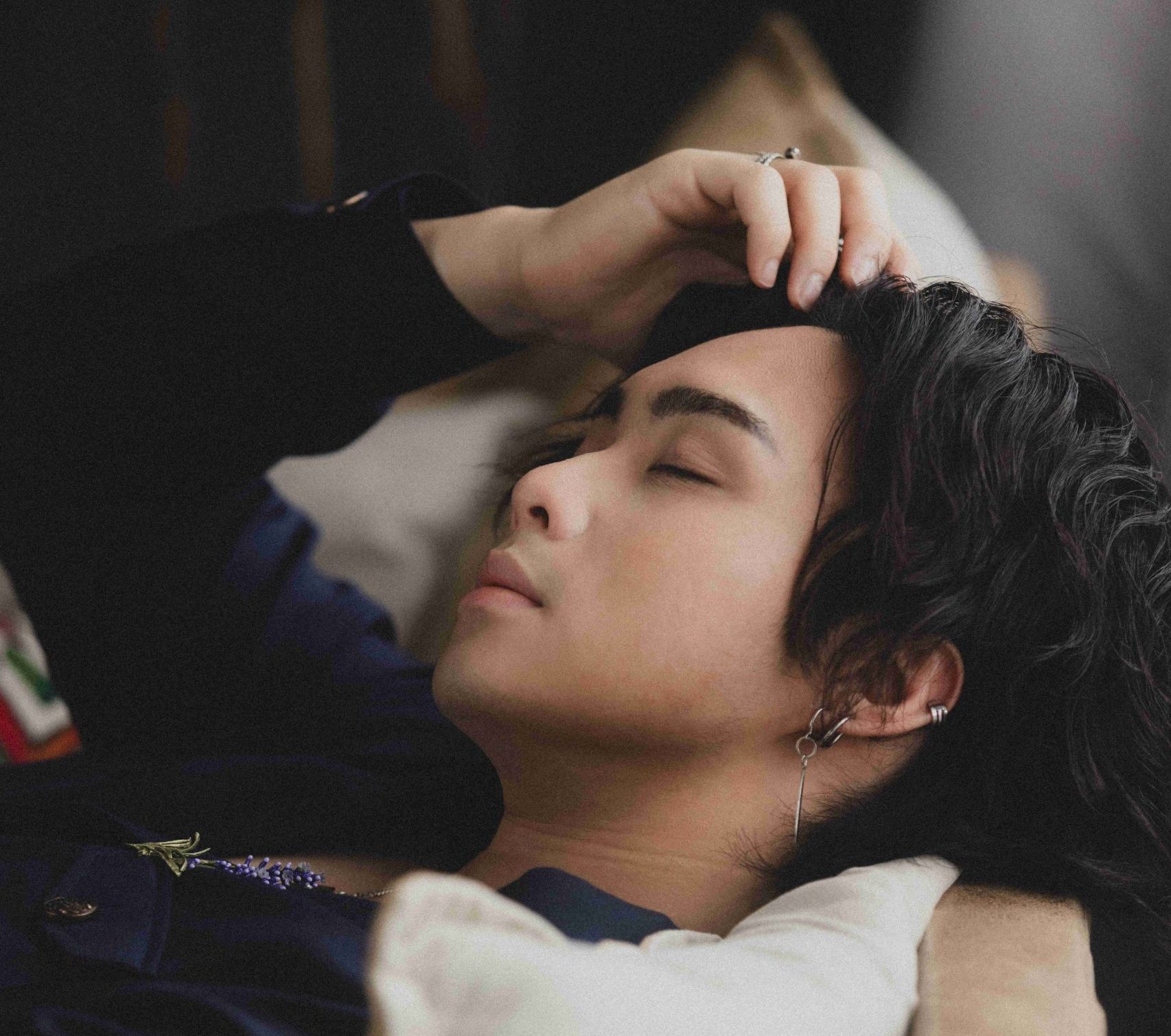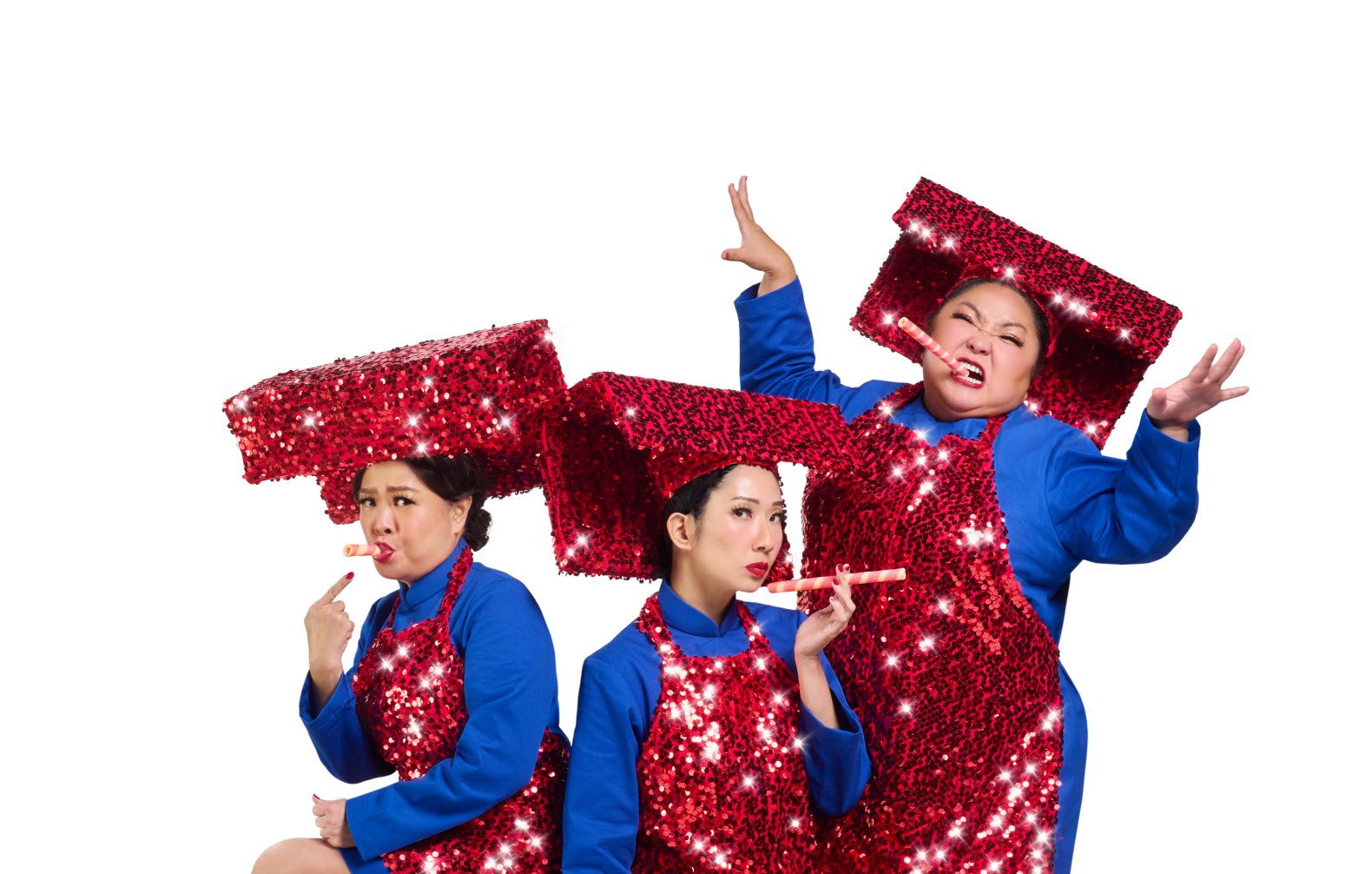
Studio Ghibli fans, leave the youngsters at home when you go for this and schedule time for coffee after so you can have a field day hatching theories about the latest addition to the fabled studio’s pantheon. The Boy and the Heron is the legendary Hayao Miyazaki’s surprise comeback from retirement, and the tale follows the well-loved formula that has won the studio legions of fans to date.
Billed as a “big fantastical film”, the 124-minute animated feature dishes up the expected serving of coming-of-age trope mixed heavily with surreal fantasy, woven generously into a tapestry of rich, intricate illustration and signature “ma” – the Japanese concept of pauses or quiet spaces that allow room for breathing.
The film follows the extraordinary journey of young Mahito Maki as he grieves the loss of his mother, comes to terms with his changing family circumstances and finds his own path in the world.
As Mahito explores, we discover the curious inhabitants of his new home and the forbidden tower alongside him – an adventure that is riveting in itself. However, the story is not entirely linear, which can make many parts of it a maddening mystery for the Ghibli-uninitiated. Some portions remain murky long after Mahito has unravelled the secret tying his family to the forbidden tower, leaving it to viewers to fill in the gaps with our own interpretations.
With entertaining characters like a talking heron, a literal army of parakeets, pushy pelicans, adorable critters a la My Neighbour Totoro’s fabled susuwatari (the cutemeisters in this story come in the form of the warawara), and a girl who can teleport through a fireplace – there are moments when the film evokes a very beautifully illustrated Angry Birds-meets-Harry Potter outing, just dialled way up on the delicacy. Each has its own lesson to teach Mahito, so they keep the story moving. With such a range of characters, though, I only wish we could have delved deeper into their backstories – including the enigmatic titular heron.
On finding out that Mahito’s experiences mirror Miyazaki’s war-steeped childhood, though, it becomes clearer how we can process the contemplative, meandering story. The vivid, impressionistic scenes in which Mahito recalls the bombing, for instance, give a glimpse into the searing, traumatic nature of the filmmaker’s wartime memories.
Another fan theory suggests that the elusive tower master may be modelled on Miyazaki, straddling multiple worlds of his own creation along with the real one that humans know. I’d say that there is plenty of room for interpretation, so whether you’re looking for a heady escape from reality or fodder for a lively discussion with fellow fans, the film will not disappoint.
Watching it in a world still beset with strife, the film also serves as sombre reminder of the ravaging effects of war on children. At the same time, the ending holds out a hope that the young can find their own places in the world and better the world in whatever way they choose.
The Boy and the Heron opens in theatres on Nov 30.
Text by Grace Chua.





